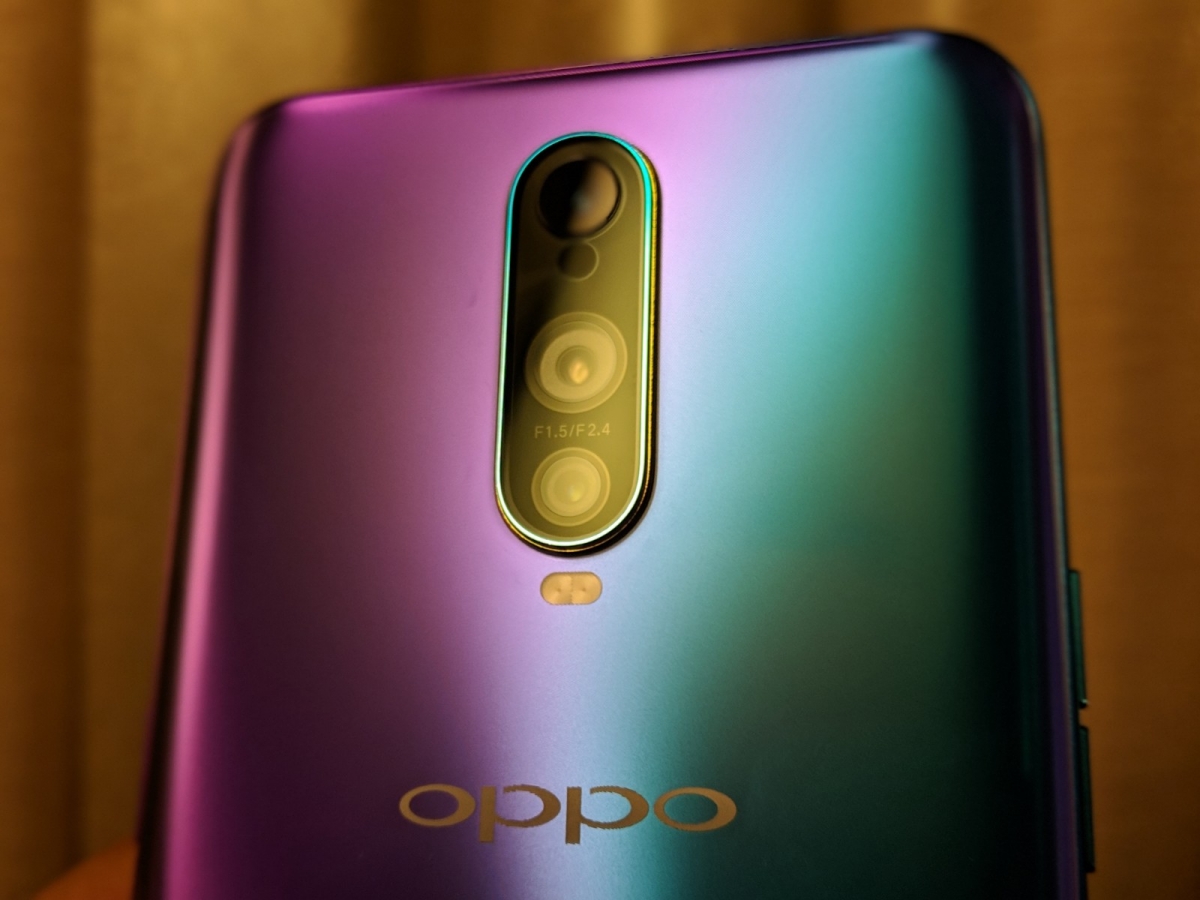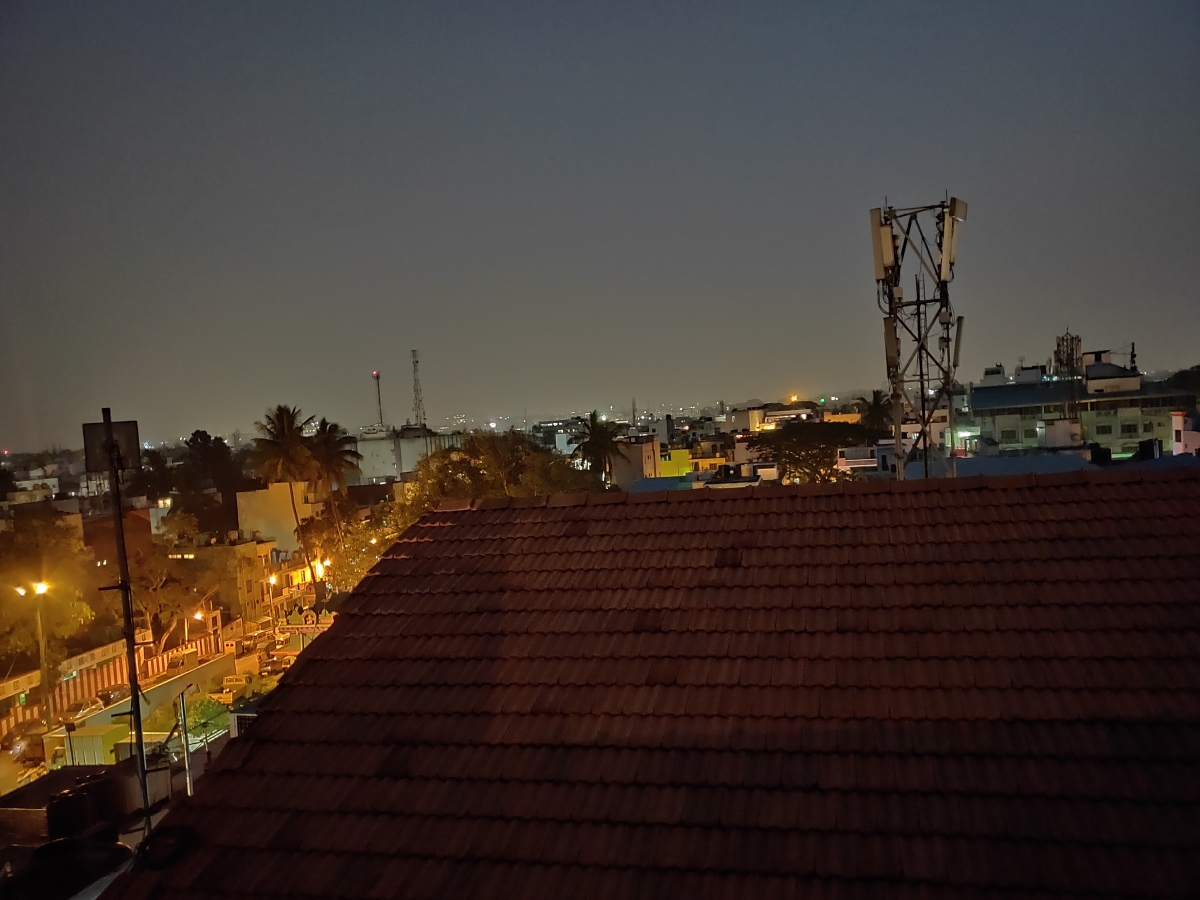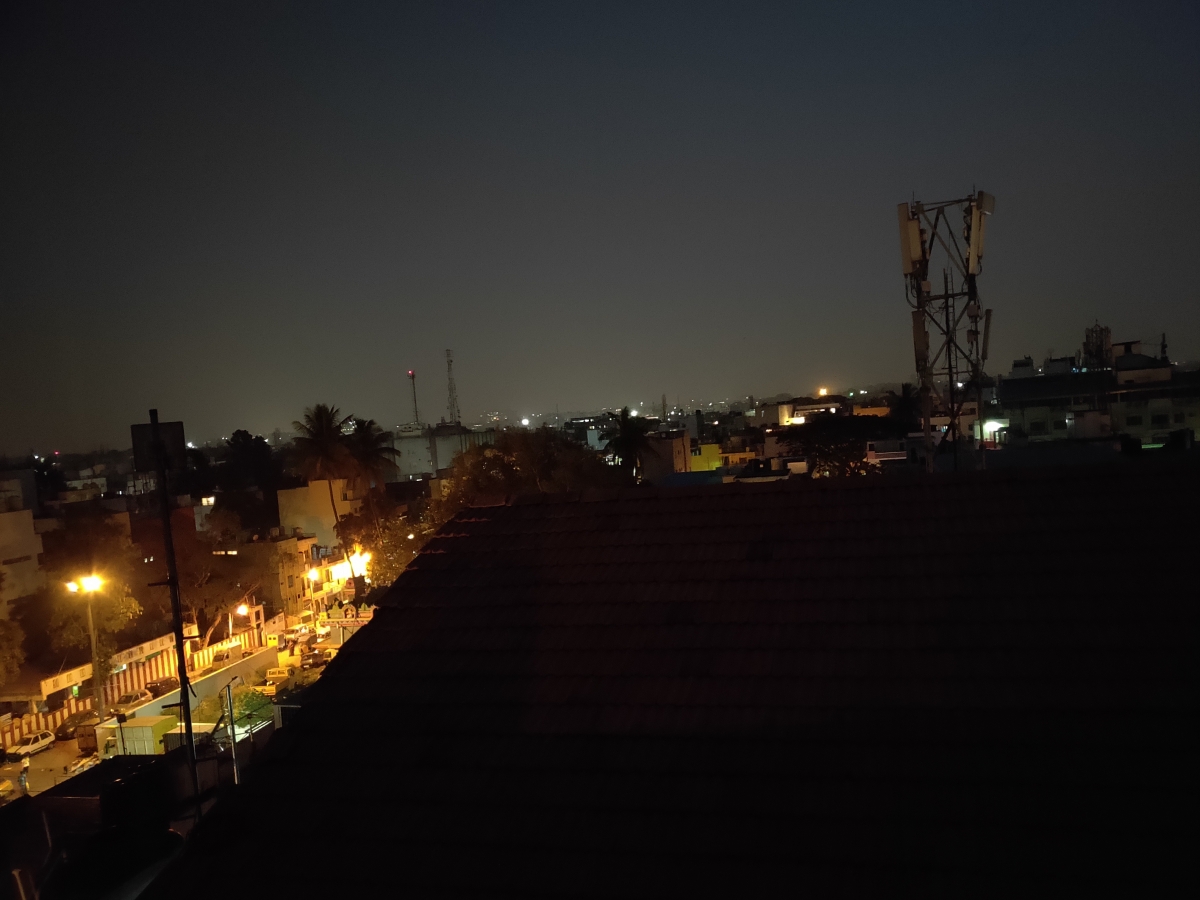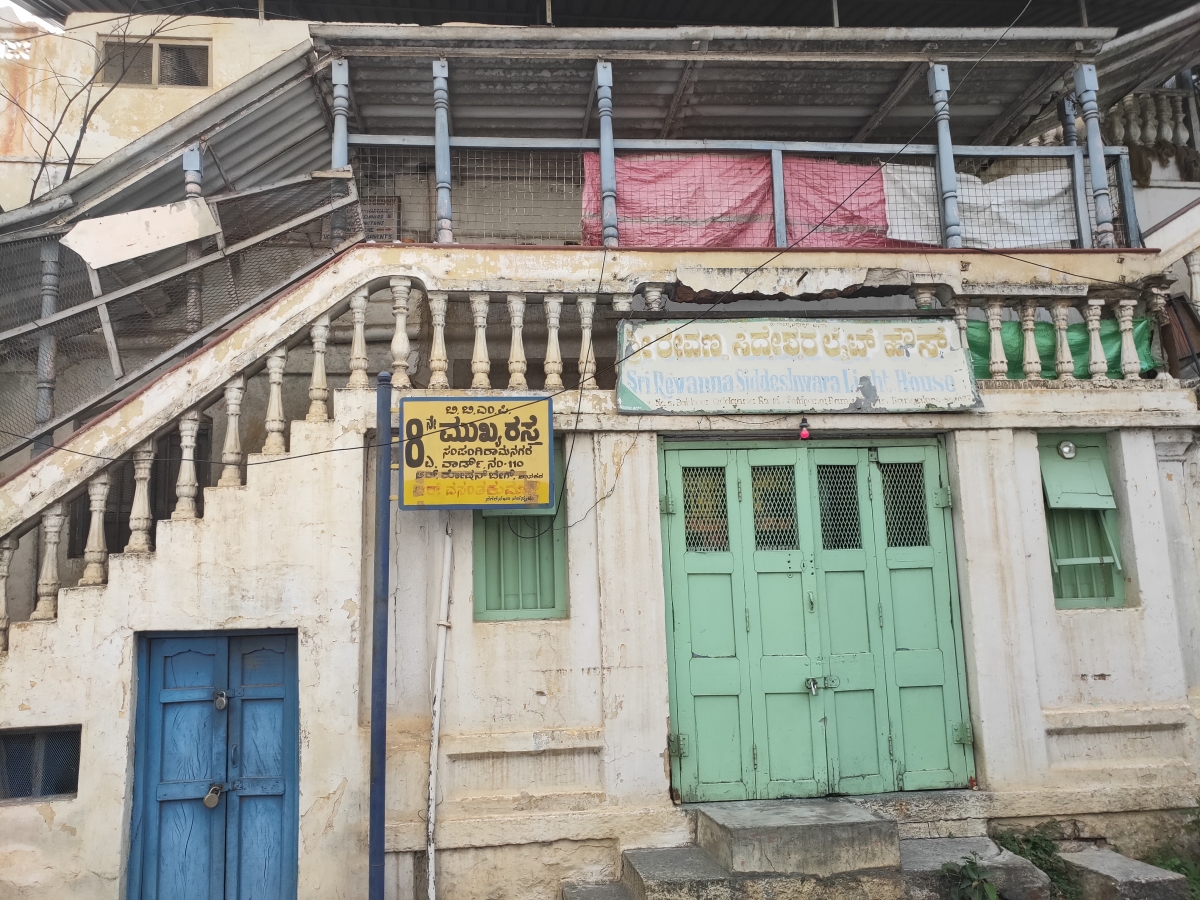Oppo recently launched its premium R17 Pro in India, bringing competition to the premium smartphone category, which has been dominated by the likes of OnePlus, Apple and Samsung phones. Oppo R17 Pro was launched at Rs 45,990 and it is available widely across the country. But the biggest question is whether the Oppo smartphone is worth buying at such a steep price, so let's find out.
Oppo R17 Pro is sure to strike an unwavering appeal to fans. Everything from its design to performance and battery, the R17 Pro gives very few areas to complain about. The handset may not be devoid of flaws, but it sure makes up for the shortcomings through some cutting-edge technologies packed inside the phone.
I've been testing Oppo R17 Pro since its launch in India, which gave me a thorough idea of how the smartphone actually attempts at justifying the price tag. At the end of the day, in a market like India, people are willing to spend top dollar only if the product delivers its worth – something even Oppo execs have agreed.
Oppo R17 Pro is a flagship-grade smartphone that competes in the Rs 30,000-plus category – which has been dominated by OnePlus in India. So I had to see from a point of view where the R17 Pro stands when pitted against its closest competition and whether it makes sense to upgrade despite stiff competition from rivals.
Design
I've always admired the design of Oppo phones. They're on point with the latest trend and make heads turn. Oppo R17 Pro is not different. The company couldn't boast more about the unique gradient finish on the R17 Pro's matte glass back. Oppo calls this 3D fog gradient.
While I was using the R17 Pro, the colourful rear design attracted quite a few eyes. The gradient pattern shifts depending on the angles how lights fall upon it. The most interesting part is that at some point I even got a non-gradient look, but it was mostly shifting between purple and blue.
Oppo also matched the sides of the phone to the colour pattern on the back. The right side has a purple hue while the left side is painted in blue. At the bottom and top edges, you can see both colours meet in an elegant manner.
The placement of volume controls, the power button is pretty standard. There's a stereo speaker at the bottom right next to the Type-C port and a dual SIM card slot sits right beside. The display has a waterdrop notch and an extremely thin area above the notch is dedicated to the earpiece. The triple cameras in a vertical arrangement take the top center position at the back, which perfectly aligns with the vertical gradient colour.
With all this, I find the R17 Pro slightly thick to hold, which is mainly because the sides are not sharpened. Also, the rear panel isn't smudge-proof, so the cover that comes inside the box surely comes in handy to keep the R17 Pro shiny. Both these points are not deal breakers.
Display
Oppo R17 Pro display is so much like OnePlus 6T. During my review, I was also using the 6T McLaren Edition, which confused me a lot. Both phones look exactly the same from the front, down to the very detail of in-display fingerprint scanner, which lights up when you pick up the device. But you don't have to deal with the same confusion as the chances of owning R17 Pro and OnePlus 6T are very slim. You are better off going with either of the two.
Now, if you think mimicking 6T's display is a bad thing, I would refute. OnePlus 6T had one of the best displays in the market for a Full HD+ resolution. Oppo R17 Pro took a safe bet here and I'm totally okay with that. The 6.4-inch Full HD+ AMOLED display is a lot of screen real estate for those who love gaming and binge-watching on mobile phones.

Oppo R17 Pro's display is quite bright and doesn't cause strain when used in low light – thanks to incredible Night Shield, which brings in a warm shift in colours. This mode was perfect for bedtime reading or even social media browsing in a dark room. I had no issues with the screen responsiveness and the viewing angles are just great on this phone.
Battery
Right after talking about the outlook, Oppo R17 Pro's battery demands it be mentioned. My favourite feature in the R17 Pro is the battery, and to be specific SuperVOOC flash charge technology. Is it better than all the features R17 Pro packs, you're damn right it is.
Before I talk about SuperVOOC and R17 Pro's battery here, let me point out the fact that I've been thoroughly impressed by OnePlus' Fast Charge (formerly Dash Charge) and Huawei's SuperCharge. Oppo's SuperCharge is a step up from both these fast charging technologies. While OnePlus Fast Charge has 20W output, Huawei's SuperCharge offers 40W and Oppo SuperVOOC leads the charts with a whopping 50W.
Those are just numbers for a few people out there. But what it means is that Oppo R17 Pro with its SuperVOOC charging can power up your phone faster than anything out there. My tests consistently showed that the R17 Pro cannot only charge 40 percent in 10 minutes, but it can also fully power up the phone in less than an hour (59 minutes to be precise). Now that's an incredible feat.
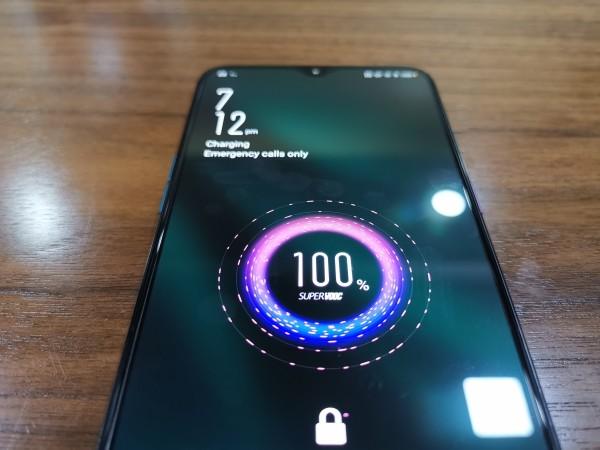
The SuperVOOC charges the R17 Pro's 3,700mAh battery, which is actually two equally divided units stacked on top of one another. Along with fast charging, Oppo R17 Pro delivers impressively on the battery life front.
With my usage, which regularly involves messaging on WhatsApp, good amount of calls, social media browsing (extensively), playing games (PUBG Mobile mainly) and mild video streaming, Oppo R17 Pro easily lasted a full day. At one point, I hadn't charged the phone for 22 hours straight with mixed usage and it still had some juice left before plugging in. The incredibly fast charge makes it so much easier and you'll hardly have to worry about the battery.
Oppo R17 Pro is especially for those who constantly crib about battery life in a phone, one of the most common things you'll hear.
Cameras
Oppo R17 Pro's triple rear cameras will instantly grab anyone's attention, but in reality, only the two cameras (12MP f/1.5-f/2.4 dual aperture and 20MP sensors) do the heavy-lifting. The interesting part of the rear cameras is the shifting dual aperture, which can be seen when shooting in low light conditions.
I've mixed reactions towards the R17 Pro's cameras. In some cases, the results were simply great, but sometimes it would just be average. And it's hard to convince buyers with something average in a premium priced phone. Let me elaborate on that.
I loved the night mode on the R17 Pro, which helped me capture what would otherwise be not possible in really low lights. In daylight, I had little doubt that the cameras would underperform and the R17 Pro delivered precisely. Portraits are quite on point as well. Overall, the colours tend to appear true to reality, but using Smart AI would enhance the images, which helped in low light cases.
The portrait mode comes with several background effects, such as Film Light, Mono-Tone, Bi-Colour, Canvas and Shake. Of all the modes, I found the Film Light and the shake mode to be interesting at best. But nothing beats the natural light, at least for me. Portrait works on selfie camera as well, but I found the front camera to fail when there was bright light behind me. After all, there's only so much a single lens can do. In most situations, the selfies came out pretty well.
If I have to choose, the R17 Pro's cameras come in after the battery, design and display in the same order. The cameras are not exceptional, but they are not underperforming as well. As a part of the overall package, they do just fine. But I'm incredibly disappointed by the fact that the phone only records in Full HD resolution and 4K is not an option.
Performance
I was impressed when I heard Oppo R17 Pro came with 8GB RAM and 128GB storage. All my worries about multi-tasking were at ease. But I was a little bit skeptical (and disappointed frankly) to see R17 Pro feature a Snapdragon 710 processor. Since the R17 Pro was the first phone to come with Qualcomm's newest chipset, I had to test it in real-world cases to understand the performance.
Now, for an average user, the R17 Pro isn't going to be disappointing at all. In fact, power users won't feel much of a difference. But the little things like app launch times would actually be noticeable for someone who is shifting from a Snapdragon 845-powered smartphone here.
I used the R17 Pro to the same extent I used the 6T, like playing PUBG Mobile, streaming videos, running benchmarks, multi-tasking and more. I noticed lags in the UI, but it is possibly due to the ColorOS skin on top of Android Oreo OS. Multitasking did not cause any major app crashes or playing PUBG Mobile did not disappoint. There was a difference in graphics between R17 Pro and OnePlus 6T, but performance in the game was almost consistent. The R17 Pro wouldn't allow me to have HDR graphics in PUBG, but the HD graphics with high frame rates, and anti-aliasing enabled, there was nothing to complain about.
Overall, the new Snapdragon chipset works well with 8GB RAM and it is suitable for most heavy users out there. But the ColorOS, which is still an outdated one, doesn't add up to the premium experience that the R17 Pro is supposed to offer.
Verdict
Oppo R17 Pro revives the brand's presence in India and broadens its spectrum from mid-range to flagship-level smartphones.
Oppo R17 Pro has some good selling points, like the eye-catching design and incredible battery with SuperVOOC, which might be enough to attract buyers. But it still faces tough competition from OnePlus 6T in India. Oppo R17 Pro packs decent power and cameras, lasting battery and a good display, much to make sure it doesn't get lost amid the competition.
The biggest setback I noticed here is the aging ColourOS 5.1 based on Android Oreo, which could use an upgrade seeing the R17 Pro is not from the F-series breed.


